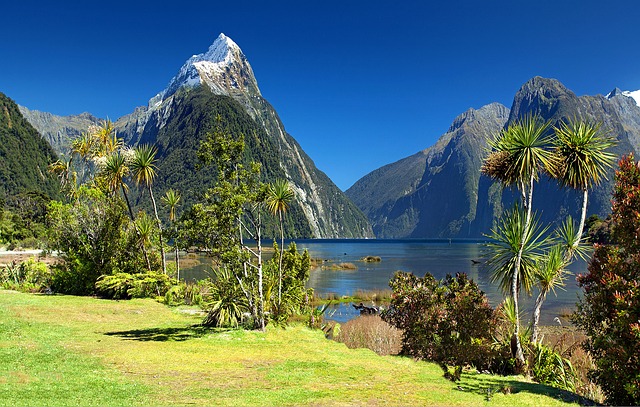The Importance of Factoring in Weather and Climate Conditions in Our Skincare Routine
Our skin is our protection against environmental elements that act on our physiology and biological functions, through varying weather or climate conditions. In the course of a single day, gaseous elements would make the world we live in hot or cold, dry, humid or windy. While we wear clothes as protection or provide relief for our body, we tend to overlook the need to adjust our skin care regimen if the daily weather is actually a climate condition.
Understanding the Difference between Weather and Climate Conditions
Weather is different from climate as it refers to the atmospheric occurrence during the day, in which gaseous elements work in combination with the current temperature, level of humidity, wind strength and the type of precipitation that falls on the ground.
Now if that day-to-day state of weather in a specific location prolongs as the normal circumstance, including extreme occurrences, such state is a climate condition . Statistically weather data usually for a period of 30 years provide the basis for determining the climate condition of a geographical location.
Average skin care routines do not necessarily take into account how weather or climate evolves. All the information we need is about the level of protection that our skin needs to keep it healthy and hydrated amidst the presence of UV rays and environmental pollutants. That way, it reduces the impact of extreme weather occurrences such as a cold snap (polar vortex) or a heat wave.
Being aware of the skin Issues that stem from actual climate conditions can go a long way in dealing with the elements that impact our overall skin health.
How Cold Temperatures Affect Our Skin Care Routine
When the weather is cold our skin becomes dry as the cold temperatures dry out the pores. This can easily cause skin irritation but can be remedied by using additional moisturizer to keep the skin hydrated. Otherwise, the dryness could cause our skin to crack and itch, making it rough to the touch.
https://youtu.be/TZVYS7LSYdc
Yet simply adjusting our moisturizing routine is not advisable as too much oil can lead to skin blemishes or acne. Consulting with a dermatologist about the right moisturizing agent for our type of skin is the best skincare practice.
How Overly Warm Temperatures Affect Our Skin Care Routine
Warm temperatures aren’t likely to dry out the skin unless we expose our skin excessively to the harmful rays of the sun that develop into sunburn. Still, overly warm temperatures are accompanied by increased levels of humidity that make our skin oily and susceptible to pore clogging.
The use of a cleanser during warmer seasons help rid the skin of the oil, sweat and dirt that build-up in skin pores. However, in order tp prevent issues like acne breakouts or skin irritations it would be best to consult with a dermatologist instead of going through a trial and error routine. Applying a wrong agent, especially if chemically formulated could aggravate the impact of prolonged dry and humid weather.
Nowadays, it is common for dermatologists to have their own line of private label skin care products, which customers may choose to use as alternatives to their current skin care brands. After all, the fact that the derma clinic is using its business name as product brand, indicates that the formulations are consistent with what their dermatologists recommend as appropriate skin care solution amidst the weather and climate conditions in their location.




